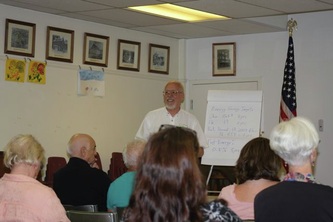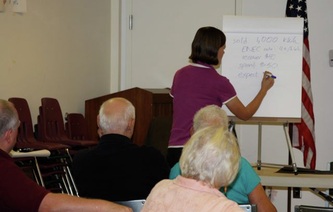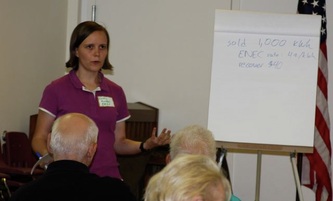So, these guys think they wrote the "playbook" on effective public outreach for transmission projects, do they? That's funny... when I went to the website of the PR firm where both of the "instructors" are partners, I came away with the same tired plan PATH tried to use on all of us. Open houses. Idiotic advertising. Front groups. Shady land agents. Payoffs. Increased project cost because of the payoffs... I saw nothing new or unique, and certainly nothing that I hadn't seen before. Here's the head moron's "mantra": “I elect transmission lines, power plants and pipelines to public office.” Yes, this guy is a real tool. Click to watch their little movie about their "successful" project. See anything new that might be effective? Nah, me neither... I just saw a bunch of stuff that PATH tried, which failed.
According to the brochure, here's who should attend this fiction-fest: 1) Utility employees with regulatory, public communications, and local affairs responsibilities; 2) Siting, right of way, and land management professionals; 3) Transmission project managers; 4) Regulators and regulatory staff; 5) Utility construction contractors and consultants; and 6) Environmental and community group representatives. Wait a minute... they think environmental and community group representatives should spend $1250 on admission, plus travel and expenses to go to Calgary? Shows how out-of-touch these schmucks are, they think we have money to waste on their tired, old crap when we've been getting a better education for free during the past three years.
So, I hope the utility company guys have a nice vacation in Canada because they're going to be learning a bunch of "technique" that doesn't work anymore. The opposition has all your stupid tricks; odious buffoonery and underhanded schemes in a little "playbook" of their own, along with tried-and-true methods of neutralization guaranteed to make your project fail and your corporate reputation tank while you run away screaming with your tail between your legs. And still the opposition presses on... because we have more chapters in our book :-)



 RSS Feed
RSS Feed